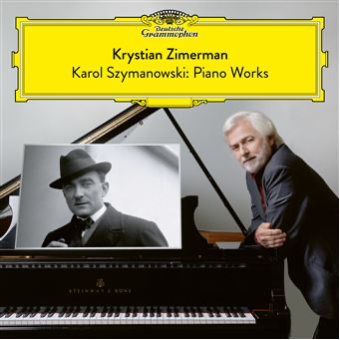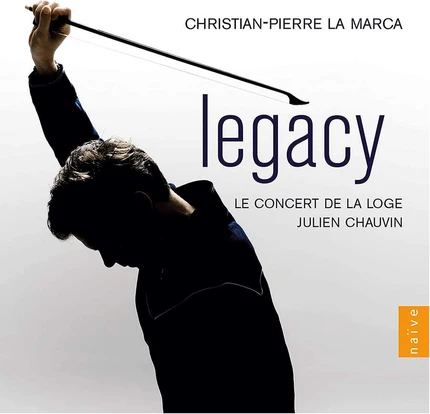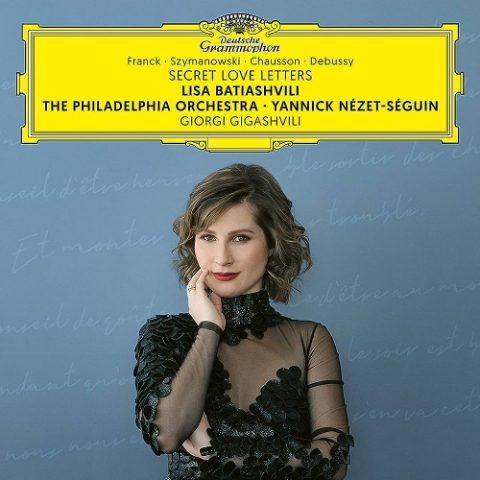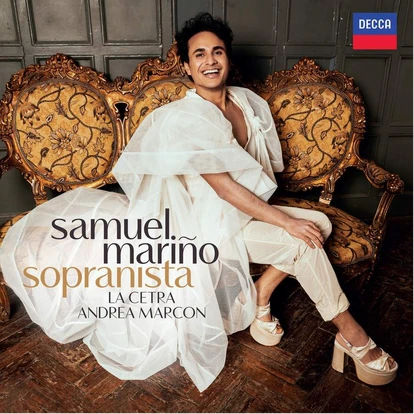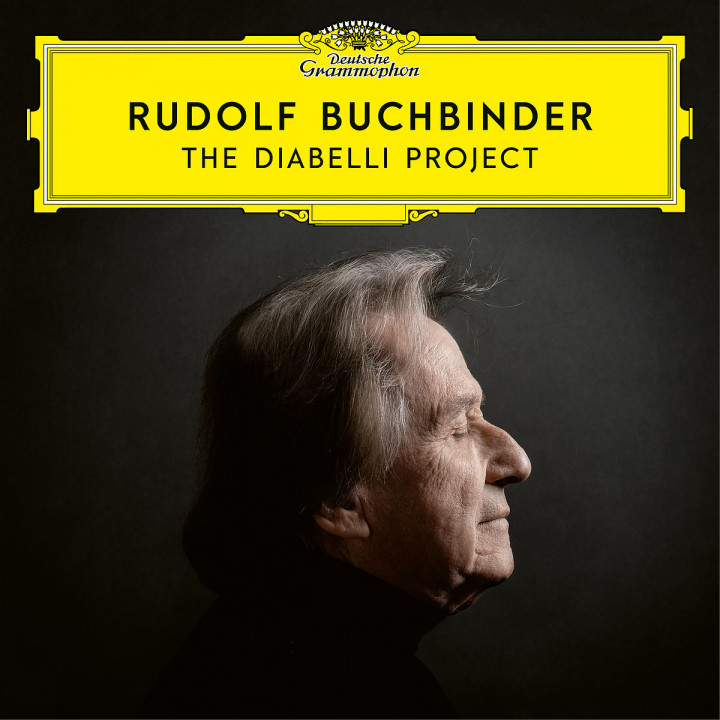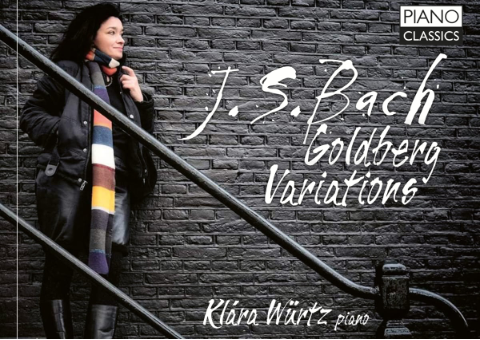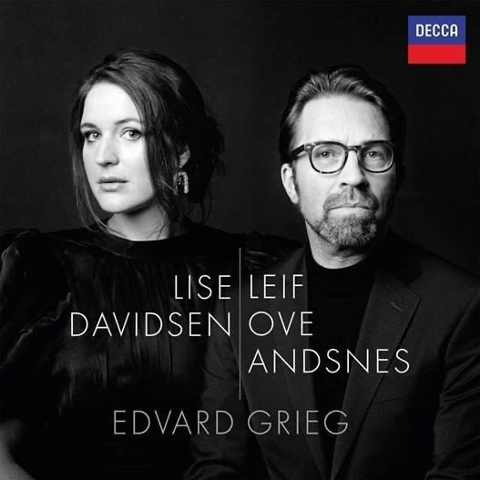KAROL SZYMANOWSKI PIANO WORKS – KRYSTIAN ZIMERMAN
Szymanowski: Piano Works Review – Glowing Jewels from a Supreme Pianist
Mark Jordan, September 2022
Szymanowski: Piano Works” on Deutsche Grammophon, proves to be a captivating and exquisite exploration of the music of his native Poland. This solo disc comes after a five-year hiatus from Zimerman’s solo recordings, making it a highly anticipated and special event for classical music enthusiasts.
The album showcases a thoughtful selection of Karol Szymanowski’s piano works, providing a comprehensive glimpse into the different phases of the composer’s artistic development. While some of Szymanowski’s well-known pieces, like the three “poems” of Métopes and all three piano sonatas, are absent, Zimerman’s careful curation ensures the representation of various facets of the composer’s style.
The disc commences with the four preludes from Szymanowski’s Op. 1, composed in 1900. Zimerman’s masterful interpretation transforms these preludes into radiant jewels, revealing their Chopinesque influences. The stylistic contrast becomes evident as we progress to the Masques, written 15 years later. In this set of character pieces, Szymanowski’s modernism comes to the fore, drawing inspiration from Scriabin, Stravinsky, and Debussy. Zimerman’s playing demonstrates a remarkable command of keyboard texture and color, reminiscent of his unparalleled Debussy performances.
The album further highlights Szymanowski’s mature phase with a selection of mazurkas from Op. 50. Here, Zimerman gracefully navigates the delicate lyricism juxtaposed with the rustic robustness inspired by the folk music of the Tatra mountains, offering a captivating contrast to the earlier pieces.
The culmination of the album lies in the Variations on a Polish Folk Theme Op. 10, composed in 1904. In this piece, Zimerman masterfully executes a funeral march reminiscent of Chopin’s style, followed by a bravura fugal finale. The recording showcases yet another facet of his exceptional pianism, as he exhibits command over virtuoso brilliance as well as the subtlest nuances of phrasing and pacing.
Throughout the album, Zimerman’s deep connection to his native Polish music is palpable, and his interpretation of Szymanowski’s works is marked by a genuine affection for the composer’s creations. His technical prowess and artistic sensitivity converge seamlessly, producing a marvellous listening experience.
This CD is a true gem that leaves a lasting impression, making it an essential addition to any classical music lover’s collection.
